-
Robert Weaver VI: Baseball & Gang War
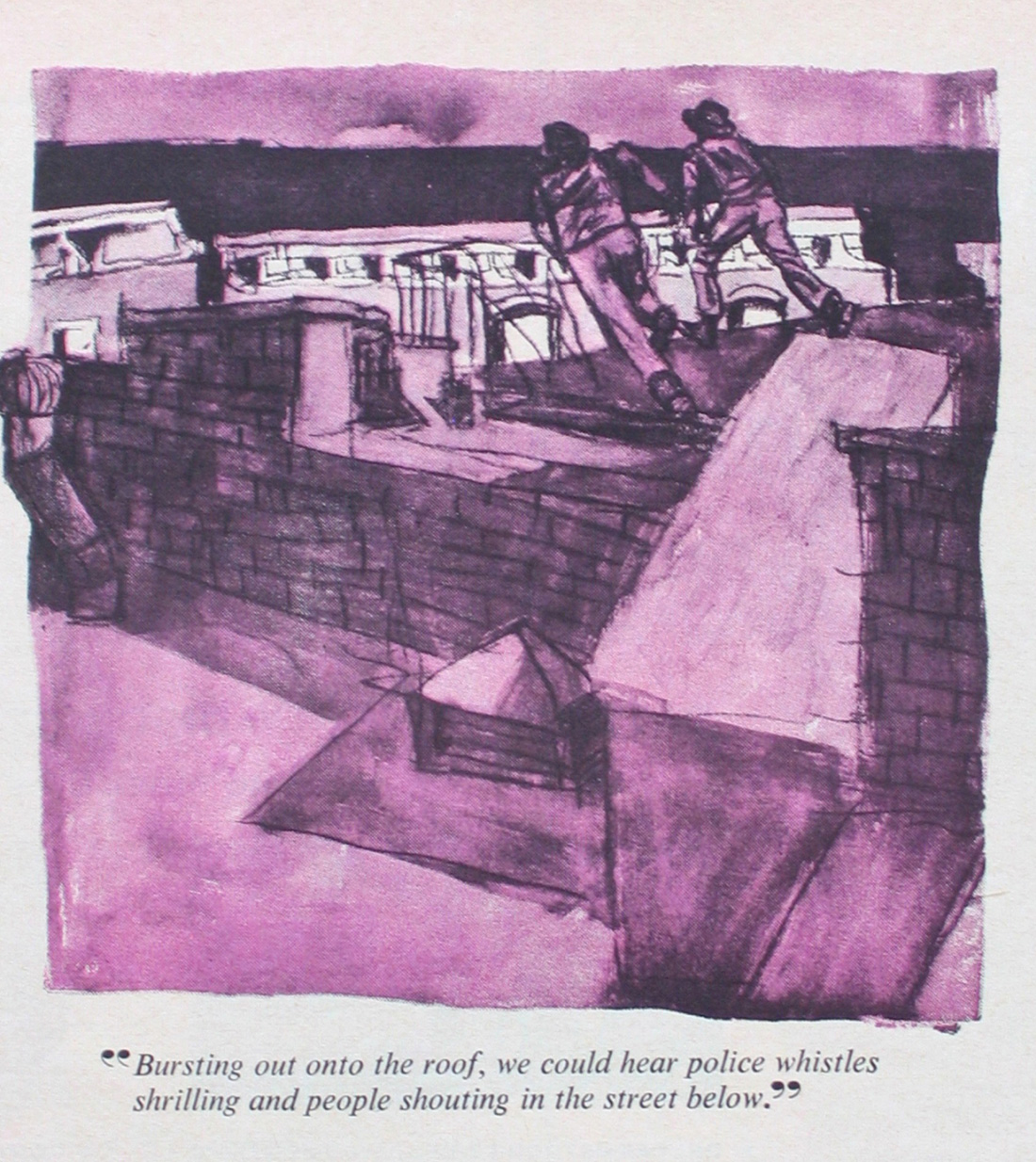
“Illustration is an essential to great painting. Abstractness cannot be equated with it; it is merely the grammar.(..) Many illustrators of today are too little concerned with the actualities of their time. Too often they merely aid and abet the pre-sold illusion of the age.” (R. Weaver, 1959)”The state of the art of illustration might […]
-
“Vogelmen Diaries” – Exhibition film and related archive articles (Melton Prior Institute im Heidelberger Kunstverein, 17.11.2012 – 27.1.2013)
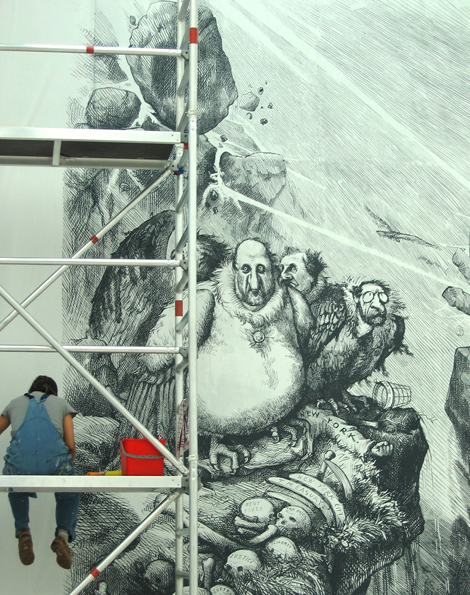
Exhibition Film. Click on the image to play. . Fletcher DuBois performs the “Vogelmen Diaries” at the opening. Main Hall, Southern Wall: Thomas Nast, “Our System of Feathering Nests ..” Main Hall, Northern Wall: Thomas Nast, “Let Us Prey!” > Faits Divers – Illustrations: Crashes and Collapses > Thomas Nast: “Dead Men´s Clothes Soon Wear […]
-
Vogelmen Diaries – Melton Prior Institut presents “special artists” (Exhibition)
Mit „Vogelmen Diaries” wird erstmalig die breite Forschungsarbeit des Melton Prior Instituts auf dem Gebiet der Reportagezeichnung im Rahmen einer Ausstellung vorgestellt. Zentrales Thema ist das zukunftsweisende künstlerische Selbstverständnis vieler früher Pressegrafiker. Die multiplen Rollen, die sie einnahmen, changierten zwischen nüchterner grafischer Berichterstattung, karikaturesker Polemik und fiktionaler Illustrationskunst. Viele waren auch, wie z.b. der einflussreiche […]
-
Tiger Hunting with the Shah. A Golden Era of Visual Journalism.
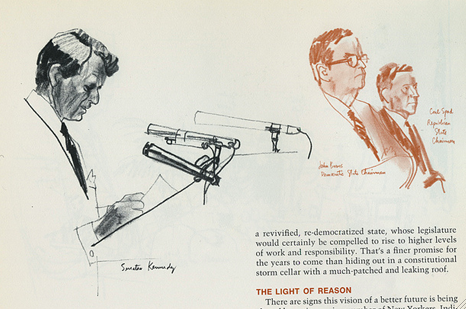
Daniel Zalkus, a renowned illustrator, who himself works as an artist-reporter from time to time, has put together an excellent commented series of historical drawings on-the–spot, representing a golden era of graphic reportage in the American magazines from the 1950’s and 60’s. Zalkus´ series Visual Journalism. The Artist as Reporter was publised recently in five […]
-
Robert Weaver VII: The Woolworth – Motion
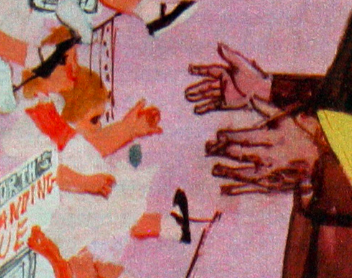
What´s Come Over Old Woolworth? (Fortune, January 1969) “There are assignments for `Fortune´, where I am realistically and symbolically going up the corporate ladder at Woolworth´s. It starts with the stockboy, and I use chairs as a metaphor for power. The chairs become more and more elaborate as we go to top. The drawings where […]
-
Saul Leiter and Robert Weaver, an artistic dialogue
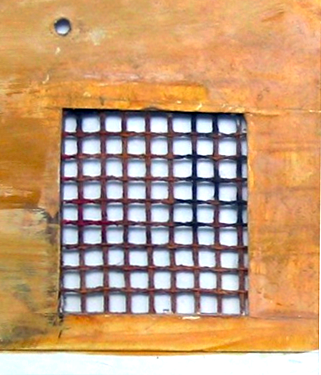
„We shared a lot of ideas and we liked a lot of the same things. (…) We had quite a bit in common beside from the fact that we were friends.“ (Saul Leiter) I: Street Scenes in Slumberland. II: On Robert Weaver. Alexander Roob in conversation with Saul Leiter. III: Robert Weaver: The Vogelman Diary […]
-
Robert Weaver VI: Book Illustrations
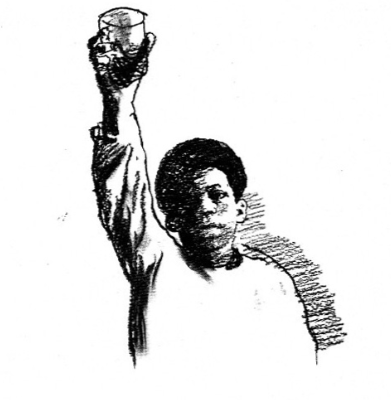
“Weaver established the idea of the draughtsman being an equal to the writer of the text. He should have had a great influence on the world of text and image publishing, but for the most part, art directors and editors did not demand the kind of picture-writing that Weaver had in mind. In fact, few […]
-
Robert Weaver V: Industrial Scenes II
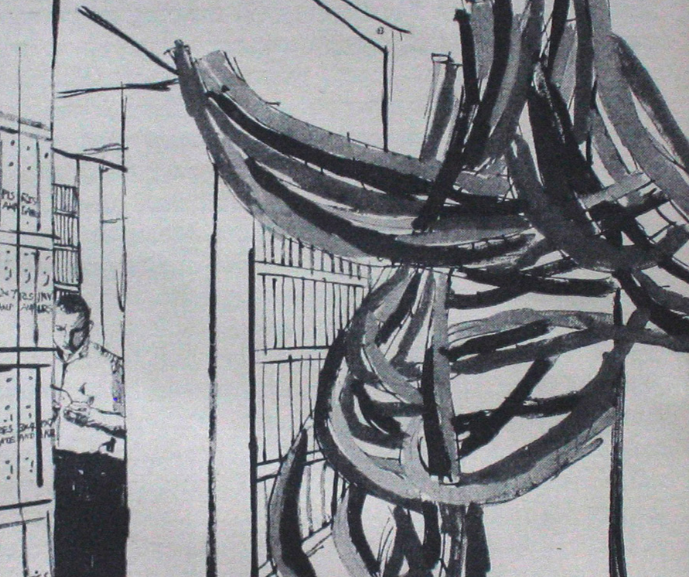
The image of “Fortune” was deeply connected with a specific artistic American tradition of Social Realism. The Magazine was founded in 1939, in the era of the Great Depression and an art director like Leo Lionni, who was resonsible for the appearence of the magazine from 1940 on,updated this specific ethos by engaging illustrators like […]
-
Robert Weaver IV: Industrial Scenes I
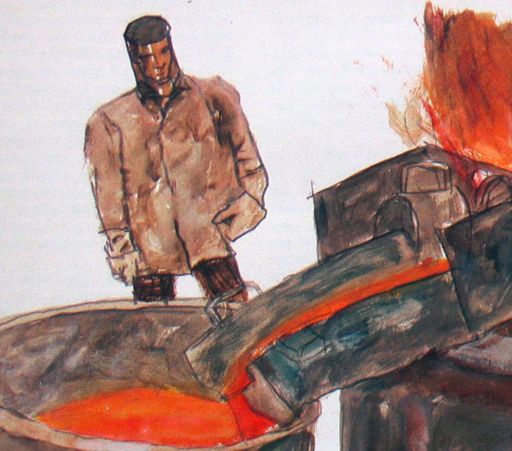
From the mid-fifties on, Robert Weaver made constant contributions to the famous business magazine “Fortune”. “Fortune” kept a long tradition of brillant visual documentaries of industrial themes provided by artists like Walker Evans, Philip Guston, Robert Matta, Ben Shahn or Diego Rivera.
-
Robert Weaver III: Kennedy´s Last Chance to be President , Esquire Magazine. April, 1959
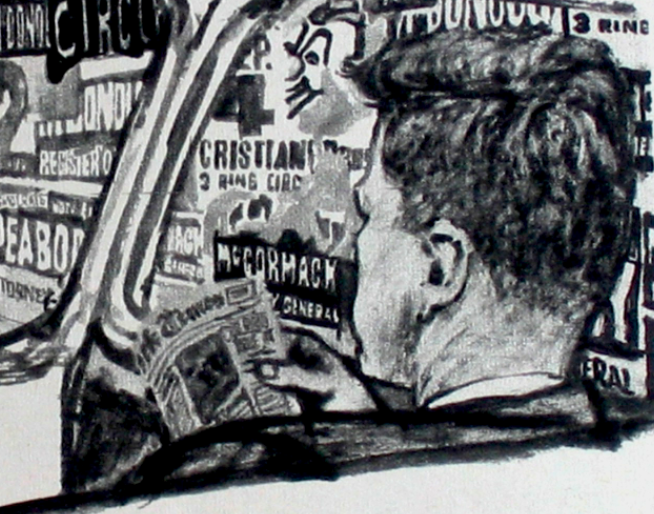
In the end of 1958 famous graphic artist Robert Weaver was commissioned by the “Esquire Magazine” to accompany the Senate re-election campaign of John F. Kennedy with his sketch-pad and his pencil. As usual Weaver reworked his hasty, but very decided sketches later in his studio. The striking drawing, showing J.F.K. from behind in his […]